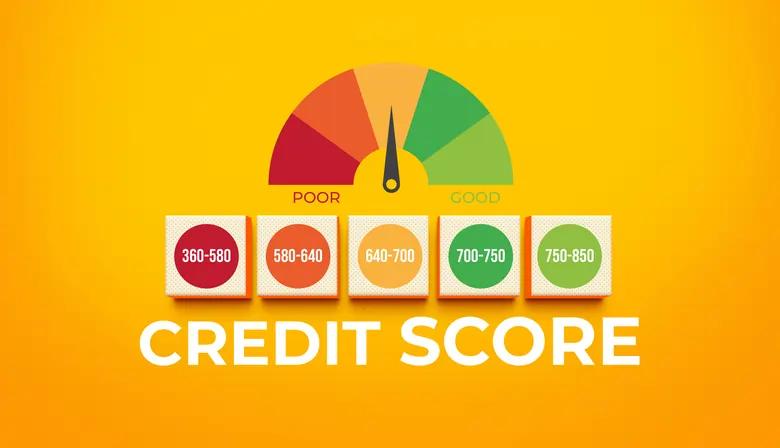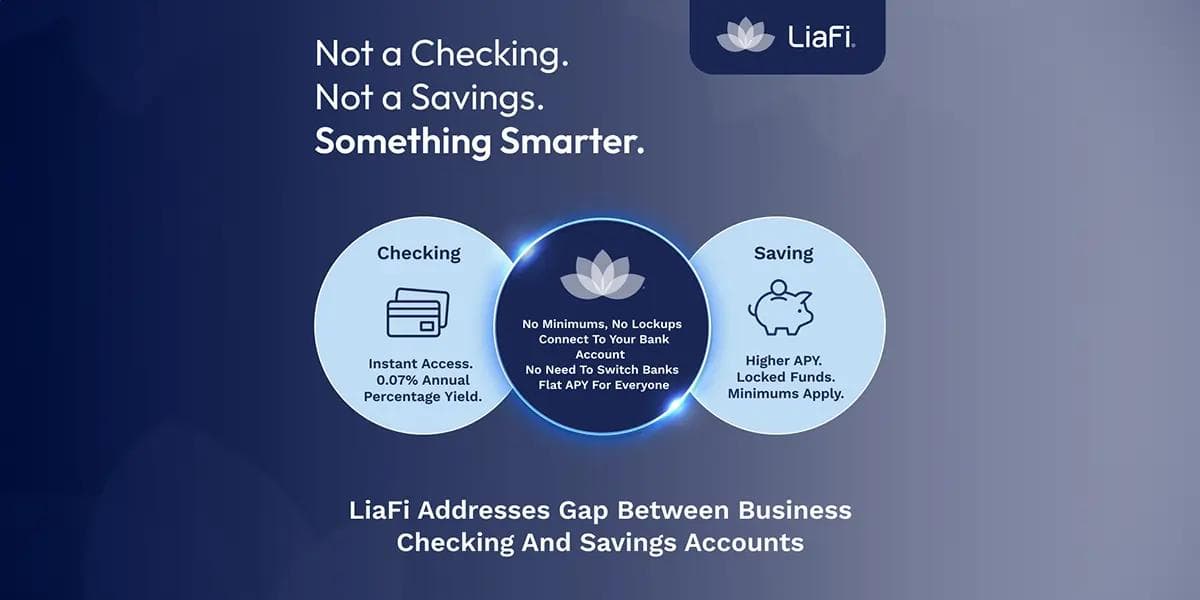Credit Scores Demystified: How Banks Assess Your Creditworthiness
Credit Scores Demystified: How Banks Assess Your Creditworthiness
Published by Jessica Weisman-Pitts
Posted on February 27, 2025

Published by Jessica Weisman-Pitts
Posted on February 27, 2025

Your credit score might seem like a mysterious number that follows you through life, but it’s actually a carefully calculated measure of financial responsibility that banks have refined over decades. Think of it as your financial report card—a three-digit number that determines your ability to secure loans, the interest rates you’ll receive, and even your eligibility for certain financial products.
Investopedia explains, this score is a key risk assessment tool, helping lenders gauge how likely you are to repay borrowed funds. Understanding how it’s calculated can empower you to take control of your financial future.
The Anatomy of Your Credit Score
The FICO scoring system, the most widely used credit scoring model, evaluates five key components to determine your creditworthiness. Knowing how these factors influence your score can help you take steps to improve it.
1. Payment History (35%) – The Most Important Factor
Your track record of paying bills on time plays the biggest role in your credit score. According to Citizens Bank, lenders rely on this data to predict how reliably you will repay future debts. Even a single late payment can negatively impact your score, especially if it's more than 30 days overdue.
Example: A missed payment on a credit card that is reported to the credit bureaus could lower your score by dozens of points. Conversely, consistently paying on time builds a strong credit profile.
Tip: Set up automatic payments or reminders to ensure you never miss a due date.
2. Credit Utilization (30%) – Balancing Debt and Available Credit
Credit utilization measures how much of your available credit you’re using. A lower utilization rate signals responsible credit use, while a high rate can indicate financial strain.
Example: If you have a total credit limit of $10,000 and have used $3,000, your utilization rate is 30%—a level most experts recommend staying below.
Tip: Aim to keep your credit utilization under 30%, and if possible, under 10% for the best impact on your score. If you regularly spend a large portion of your credit limit, consider making multiple payments each month to keep your reported utilization low.
3. Length of Credit History (15%) – The Power of Time
The longer your credit history, the better lenders can assess your borrowing habits. This factor considers the age of your oldest account, the average age of all accounts, and how long specific accounts have been active.
Example: A person who has responsibly managed credit for 10+ years is seen as lower risk than someone with only two years of credit history, even if both have perfect payment records.
Tip: Avoid closing old credit card accounts, even if you no longer use them. Keeping long-standing accounts open helps maintain a higher average account age.
4. Credit Mix (10%) – Diversity Matters
Lenders like to see a mix of different types of credit, such as credit cards, auto loans, student loans, and mortgages. This demonstrates that you can manage various financial obligations.
Example: Someone with both a credit card and a car loan may have a better score than someone who only has credit cards, assuming all other factors are equal.
Tip: While it’s not necessary to take on new debt just for variety, responsibly managing different types of credit over time can help boost your score.
5. New Credit (10%) – Caution with Applications
Opening multiple new credit accounts in a short period can raise red flags for lenders, as it may suggest financial instability or an increased risk of default. Each time you apply for credit, a hard inquiry appears on your credit report, which can slightly lower your score.
Example: Applying for multiple credit cards within a few months can lower your score temporarily, even if you don’t use all the credit available.
Tip: Only apply for new credit when necessary. If you’re shopping for a mortgage or auto loan, try to keep applications within a short window (typically 14-45 days), as most scoring models will count multiple inquiries as one.
The Evolution of Credit Scoring
The credit scoring landscape is undergoing significant changes as financial institutions seek more accurate and inclusiveways to assess creditworthiness. Traditional credit models, such as FICO and VantageScore, have relied on static data—providing only a snapshotof a borrower’s financial situation. However, newer models are leveraging trended data and alternative financial behaviors to create a more dynamic assessment.
FICO 10T and VantageScore 4.0: The Next Generation of Credit Scoring
Fannie Mae reports that the industry is shifting toward more sophisticated scoring models, with FICO 10T and VantageScore 4.0 emerging as new industry standards. These models introduce key innovations:
✔ Trended Data – Unlike older models, which look at current credit balances, new models track spending habits and repayment patterns over time.
✔ Alternative Credit Data – Factors such as rent payments, utility bills, and banking transactions may now be included in credit assessments.
✔ More Precise Risk Assessment – These models provide a more accurate view of financial responsibility, benefiting consumers who manage credit well over time.
How Banks Use Your Score
Banks don’t rely solely on your credit score when making lending decisions. According to the FDIC, many institutions also consider factors like income, employment history, and your relationship with the bank, especially if you already hold accounts with them. The type of credit you’re seeking and current market conditions also play a role in determining loan terms.
Beyond the numbers, lenders are ultimately trying to answer three critical questions: Can you repay the loan? Will you repay the loan? And what happens if you can’t? These are assessed through a combination of financial capacity, credit history, and any collateral you may offer.
Improving Your Creditworthiness
By understanding how banks assess credit, you can take proactive steps to improve your score. Paying all bills on time is crucial, as payment history carries the most weight. Keeping credit utilization low, ideally below 30%, can help maintain a strong score. Holding onto older credit accounts contributes to a longer credit history, and applying for new credit only when necessary can prevent unnecessary score reductions. Additionally, reviewing your credit reports regularly for errors can help catch and correct any inaccuracies before they impact your financial standing.
The Future of Credit Scoring
The credit scoring industry is evolving. VantageScore indicates that 2025 new scoring models will further enhance predictive accuracy while making credit assessments more inclusive. With the increasing role of artificial intelligence and machine learning, future credit scoring may take into account an even wider range of financial behaviors, making it more adaptable to individual borrowing patterns.
The Bottom Line
Your credit score isn’t just a number—it’s a comprehensive assessment of your financial habits. A strong score can open doors to better loan terms, lower interest rates, and greater financial opportunities. While building good credit takes time and consistency, every responsible financial decision today contributes to a stronger financial future. Banks look for patterns of financial responsibility, and your credit score is simply a reflection of those habits over time.
Explore more articles in the Top Stories category











